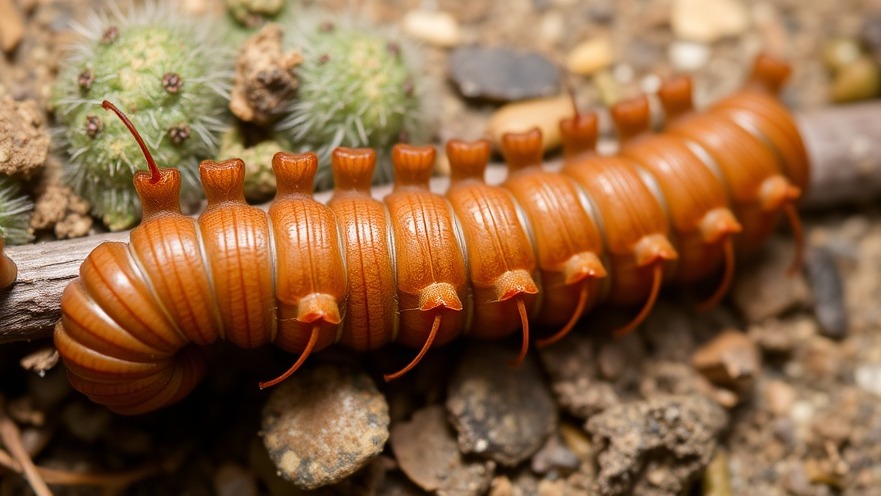
The Screwworm Threat: A Looming Crisis for Texas Agriculture
The newly inaugurated sterile fly dispersal facility in Edinburg marks a critical response to the resurgence of the New World screwworm, a parasitic fly threatening Texas’ vital $15 billion cattle industry. As agriculture Secretary Brooke Rollins emphasizes, this pest can disrupt livestock health and economics, prompting swift action to thwart its encroachment from across the southern border.
How Sterile Flies Combat Screwworm
To effectively battle the screwworm, the USDA will utilize the well-established method of releasing sterile male flies to mate with fertile females. This strategy leads to non-viable eggs, eventually diminishing the population. The facility aims to produce over 117 million sterile flies each week, with assistance from similar facilities in Panama and Mexico, streamlining the distribution process directly to affected areas.
Historical Context: Learning from the Past
The fight against the screwworm is not new; the U.S. successfully eradicated it with sterile fly techniques in the 1960s. At that time, Moore Air Base served as an essential hub in this effort. The return of this facility to its former role symbolizes a reconnection with successful historical practices.
Current Implications for Texas Livestock
In light of the recently detected infestations as close as Oaxaca and Veracruz, Mexico—only 700 miles from the Texas border—the urgency is palpable. Temporary closures of the southern border to imports of live cattle, horses, and bison have already sparked price increases, affecting local ranchers and farmers. Such disruptions make it critical to maintain the health of Texas livestock, ensuring food security and economic stability.
Legislative Support for Outbreak Preparedness
In a bid to enhance preparedness against potential outbreaks, key lawmakers, including U.S. Senators Cornyn, Cruz, and Luján, have introduced legislation to fund this facility. Additionally, measures proposed by U.S. Rep. Monica De La Cruz aim to streamline USDA strategies for future screwworm combating initiatives, showcasing significant bipartisan support to protect Texas agriculture.
Future Prospects: Investing in Innovation
As the facility gears up for its launch within six months, further plans are in motion to construct a sterile fly production site. This innovation could yield an additional 300 million sterile flies weekly within the next two to three years—potentially cementing Texas' defenses against agricultural pests. It’s not just a necessity, but a future investment toward sustainable farming.
Community Connections: Impact on Texas Residents
For Texas’s ranching communities, the sterile fly dispersal facility represents a beacon of hope and action. Despite the challenges, locals express cautious optimism, understanding the importance of the cattle industry to livelihoods and the broader Texas economy. As efforts to contain the screwworm intensify, the resilience and adaptability of Texans shine through, uniting under a shared goal of agricultural survival.
Take Action: Staying Informed and Engaged
As this initiative unfolds, Texas residents should remain engaged with local updates and discussions surrounding agricultural policy and pest management. Awareness can lead to community involvement, helping shape future strategies and protections for Texas farmers and ranchers.
 Add Element
Add Element  Add Row
Add Row 



Write A Comment